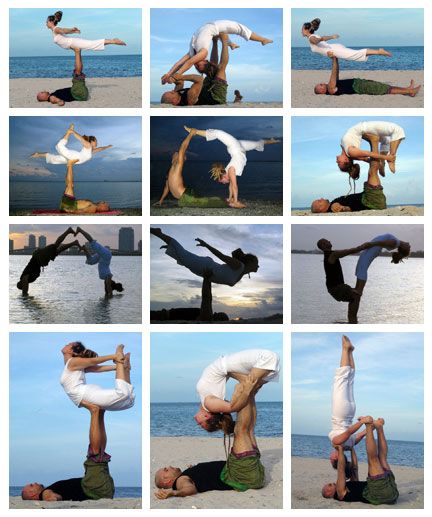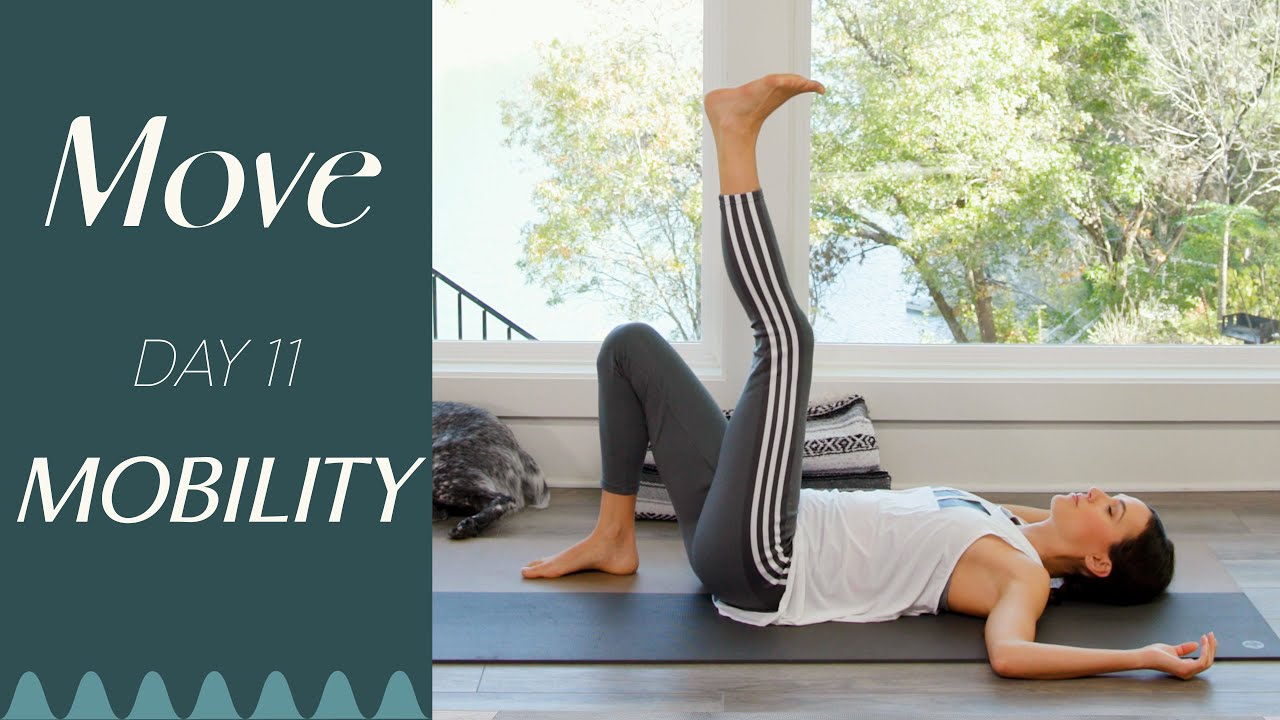
Endorphins help to relieve pain and give us pleasure when we eat chocolate or laugh with friends.
These substances also prevent pain from occurring, for example in the event of a fractured bone or a fall. They bind the receptors of your brain responsible for sending signals that cause pain. They can also boost levels of dopamine - the neurotransmitter linked to pleasure and reward.
Exercise is an excellent way to release the endorphins. Adults should engage in 150 minutes a week either of moderate aerobic or intense aerobic exercises.
The intensity of the workout you do can impact how much endorphins your body produces. High-intensity sports (such as running, swimming or lifting weights) are likely to trigger the release of an endorphin.

Endorphins are produced by your body when you experience trauma, shock, "fight or Flight", stress or physical pain. The brain signals endorphins are released which stops or slows down the pain signaling.
This process is very similar to that which occurs when you consume opioid drugs such morphine and codeine. These drugs bind to the same pain-receptor binding sites as endorphins do, but they also increase your body's levels of dopamine.
Taking endorphins is often used as a form of self-medication for pain or depression. It can be a great way to manage anxiety and boost mood.
You can also use this to overcome addictions to marijuana or alcohol. The effects of endorphins, while not as strong as those from drugs-based medications can help you to overcome addictive behavior and regain health and well-being.
It is an intricate and complex process in which a variety of brain chemicals are involved. These chemicals can help you to feel better and reduce your pain perception after a workout.

It can be difficult to tell when your body produces too much of one chemical. This can cause problems. It's vital to pay attention to the signs your body gives you to determine if it is getting out of balance.
The key to preventing this problem is to ensure you're eating healthy and exercising regularly. You can achieve this by including a variety exercise activities into your daily routine, such as low-impact or strength-training exercises.
It is also possible to stimulate endorphin production in your body by doing things like listening music or meditation. You can talk to your physician about a medication to help you increase your endorphins if your levels are low due to a disorder such as depression or addiction to opioids.
Also, you might want to combine your endorphin release activity with other types of exercise. For example, yoga or meditation. These activities can trigger other hormones and neurons, such as serotonin.
FAQ
What are some of the benefits of yoga to beginners?
Yoga helps you to have better posture, flexibility, strength, breathing control, relaxation, and mental clarity. Yoga helps you to be more aware yourself, others, the world, and everything around you.
Yoga can help you live life fully. You can learn to listen and respect your body and mind. You accept yourself as you are. Learn to let go of tension and stress.
It is possible to relax and enjoy your life.
What kind of yoga is for beginners?
Yoga is great for everyone, regardless of age or fitness level. It's an easy and effective way to stay active and healthy. Yoga is a great way to feel healthier, both mentally and physically. They also report feeling calmer and happier after practicing yoga.
Yoga isn't just exercise, it's a way of life that incorporates breathing exercises, stretching, meditation, and mindfulness.
There are many styles of yoga. Some focus more on strength training than others. Others are more focused on relaxation.
Your preference in yoga is what will guide you which type of yoga you choose. Iyengar is great for flexibility. Or if you want to tone your muscles, go for Ashtanga yoga.
What happens if you practice yoga every day?
It makes you feel calm, relaxed, and centered. It improves your posture, balance and flexibility.
You become more aware how your body feels as you move. This awareness can make you more aware and conscious about yourself.
Yoga also improves your concentration.
Your mind will become sharper and more clear. It calms your nervous systems. It lowers stress levels. It can also give you a sense peace and well-being.
Is there too much yoga?
It's important to remember that yoga is not a sport. There are no limits to the number of times you should practice before you feel tired. Instead, focus on enjoying the experience and taking things slowly.
Do not worry if your steps slip once in awhile. Just pick where you left off the next time you get the chance.
Start with 10 to 15 minute sessions if you are new to yoga. Then, work your way up.
Statistics
- In comparison, a 125-pound person is estimated to burn 135 calories in 30 minutes of walking (at a pace of 15-minute miles) and 210 calories bicycling at a moderate pace on a stationary bike. (everydayhealth.com)
- According to calorie estimates calculated at Harvard Medical School, the average 125-pound person burns about 120 calories in a half hour of hatha yoga, and a 185-pound person burns about 178 calories in that half hour. (everydayhealth.com)
- A 2020 review of 27 studies (1,805 total participants) of yoga interventions in children or adolescents found reductions in anxiety or depression in 70 percent of the studies, with more promising results for anxiety. (nccih.nih.gov)
- Start your Fall off right with 20% off All Access Membership when you sign up by 9/25! (corepoweryoga.com)
- Lock in 25% off your Founding Member rate. (corepoweryoga.com)
External Links
How To
Is yoga a good way to exercise?
Yoga isn’t just for those who want to lose weight. Yoga helps you to develop flexibility, balance coordination, strength and calmness.
Yoga is not just exercise; instead, it's an art form. They are used to relax and meditate. They allow us to improve our posture and concentration as well as our breathing.
Yogis are those who practice yoga. Yogis follow various forms of yoga, including Hatha, Ashtanga, Iyengar, Vinyasa, Bikram, Kundalini, Yin Yang, and Restorative.
There are many types and styles of yoga. But they all share similar goals. Each type of yoga focuses on different aspects. There are many yoga styles, including Hatha, pranayama and meditation.
Some yoga exercises don't require you to have any equipment
-
Sun Salutation – This sequence of 12 poses begins with a forward bend and is followed by 10 more.
-
Warrior Pose - While holding a stick or staff, a warrior pose is done.
-
Triangle Pose – This is a pose where you raise one leg behind your head and bend at the knee.
-
Standing Forward Bend - This pose is performed by sitting on the floor with legs straight and then folding forward at the waist.
-
Seated Twist- This pose is performed while sitting on a seat or mat.
-
Cobra Pose: This position is done lying on your back, arms raised.
-
Child's Pose - This pose is done while lying face up on the ground.
-
Cat/Cow Pose - This pose combines a cat and cow pose. Your upper body should be lifted off the ground while you are lying down. Then roll over onto your side and place your hands under your shoulders.
-
Head Tilt--This pose requires that you tilt your head back with your eyes closed.
-
Shoulder stand - This position involves standing straight up with your arms and feet raised above the head.
-
Tree Pose- You can achieve this pose by kneeling on one knee with your hands under you shoulders.
-
Bow Pose - This pose is completed by bending forward from the hips and placing your palms on the ground.
-
The corpse pose is held for five to ten minutes.
-
Mountain Pose – This is a pose known as mountain pose. Your spine should be straightened and you must stand tall.
-
Legs Up the Wall Pose- This pose can be achieved by hanging upside-down at a wall.
-
Side Angle Pose - This pose is accomplished by leaning against a wall and putting your right arm next to the wall.
-
Plank Position – This is when you lay flat on your stomach, extend your left arm out and place your right foot in front of each other.
-
Bridge Pose - This pose is obtained by balancing on your elbows and toes.
-
Reverse Table Top Pose: This is when you lie on your stomach and extend your arms towards the ceiling.
-
Handstand - This requires strength and balance. Hold yourself in between two walls or use a door frame to do this pose.
-
Half Moon Pose – Also known as Hero Pose, this pose is also called Hero Pose. You can perform it by standing on your hands or toes.
-
Headstand (or Handstand), - This pose requires great balance and strength. You can perform this pose either on a wall or using a doorframe.
-
Forearm Balance - This pose is performed on your forearms resting on a tabletop.
-
Spinal Twist – This position is where you lie on your stomach while reaching for your arms.
-
Supported bound angle pose - This pose needs support and balance. For this pose, you will need to find something sturdy like a branch from a tree or an old beam to support you.
-
Wide Leg Forward - This position involves extending your legs and touching your toes.
-
Single Pigeon Pose: This is a variation of the forward-folding wide-leg position, but with only one leg.
-
Extended Puppy Dog Pose - This pose is very relaxing. It's done by extending your legs outward and bending your knees.
-
Sitting Forward Bend - This position involves sitting cross-legged and stretching the hamstrings.
-
Crow Pose - Although this pose is hard to do, it can be extremely rewarding once mastered. To do it, raise your arms up above your head while lowering your arms to the floor.